Maybe you’ve got allergies. Maybe you’ve gotten one too many push notifications about the air quality in your area. Maybe you heard it can help prevent the spread of COVID-19. Whatever your reason, you’re considering getting an air purifier, but deep down, you can’t help but wonder: Do air purifiers work? They promise to filter out dust, pollen, smoke, even germs, but do they really deliver on that, or are they just overpriced fans?
Air purifier designed to improve the air quality in a single room. The EPA and many doctors agree that air purifiers are helpful. Especially if the outdoor pollution is high, or if it’s too cold to throw open your windows and let in tons of fresh air.
“Viral droplets, like SarsCoV2 and the flu, these can stay suspended in the air for hours, so an air filter can’t hurt, but remember the droplets can also land on surfaces and sit there as well,” explains Dr. Elliott. “An air purifier shouldn’t replace mask wearing, hand washing, isolation, not sharing personal products and sanitizing measures.” As the CDC says, consider ventilation part of a “layered strategy” to preventing the spread of the coronavirus.
So What types of air purifier we should avoid?
Some types of air purifiers, specifically ozone generators emit ozone during purification process. Ozone is a colorless, toxic and unstable gas that has three oxygen atoms in each one of its molecules. The gas occurs naturally in the upper atmosphere, but it is also a common component of man-made smog. Ozone generating air purifiers deliberately emit ozone gas as a strategy for eliminating bacteria and chemicals in the air. The California Environmental Protection Agency states that ozone exposure is harmful to cells in the lungs and airways. Side effects of exposure to the gas can include shortness of breath, coughing and chest tightness. Patients with asthma or other preexisting health conditions may experience intensified symptoms of those conditions as a result of ozone exposure.
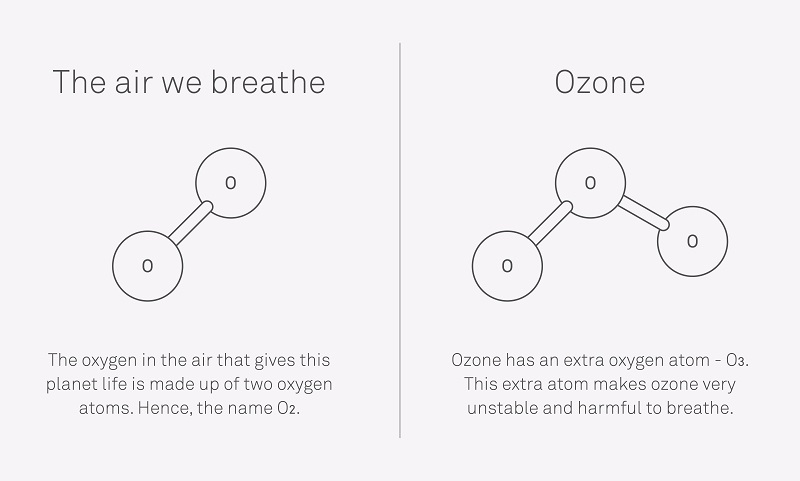
Is it better off to choose an air purifier that uses fibrous media air filter?
Essentially, most of the purifier use a filter—or a combination of filters and UV light—to remove impurities and pollutants from the air. They’re designed to improve the air quality in a single room. However, many air purifiers rely on the use of disposable, replaceable filters, which means you need to spend anywhere between $30 and $200 each year on new filters. If you do not change a purifier’s filter periodically, the filter does not function optimally. For purifier models that employ re-usable containers or plates to collect contaminants, you must periodically clean out these components. While maintaining these latter types of purifiers is less expensive, it is also more labor intensive. Not changing and cleaning the filters in time may potentially worsening the quality of the air in your home or office. Pure HEPA air purifiers also do not remove odors, chemicals, or gasses. These are substances that are smaller than the 0.3-micron holes in a HEPA filter. Therefore typical HEPA air purifiers have some level of activated carbon-based material to absorb odors and chemicals that will not be caught by the HEPA element itself.
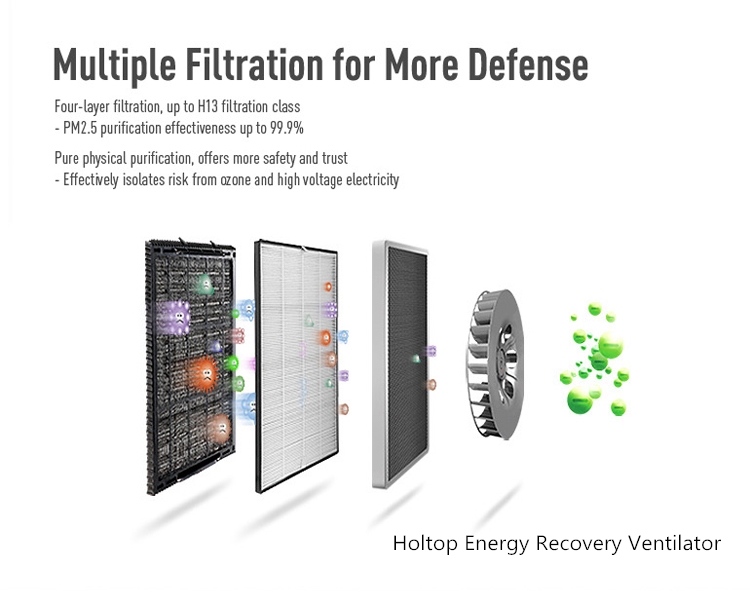
Do we have a professional-grade air purifier, that not uses a filter and deliver great air purification result?
Holtop AP600TA air disinfection type purifier adopts medical grade disinfection purification technology–Advanced Molecular Breaking Technology. Effectively remove odor, smoke, haze, pollen, dust, VOCs, bacteria, virus, etc. Suitable for home, office, school and medical places.
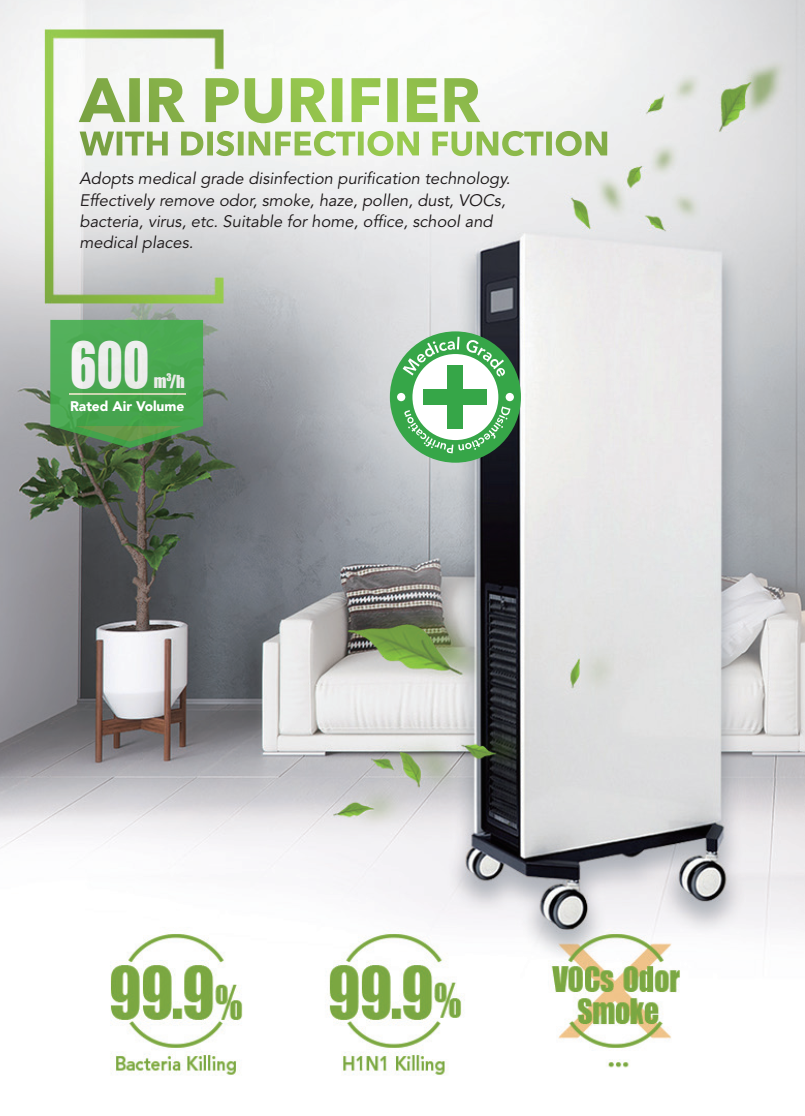
Advanced Molecular Breaking Technology:
When the polluted air enters the core component of the purifier, the ultra energetic ions generated by the ultra energetic pulses in the core component impact on the molecular bonds of the pollutants, causing the C-C and C-H bonds which form the molecular bonds of most harmful microorganisms and gases to break, so the harmful microorganisms are killed as their DNA are destroyed and the harmful gases such as Formaldehyde (HCHO) and Benzene (C6H6) are cracked into CO2 and H2O. Kill bacteria and virus with disinfection rate over 99%. Effectively decompose nicotine and degrade organic smoke pollutants.
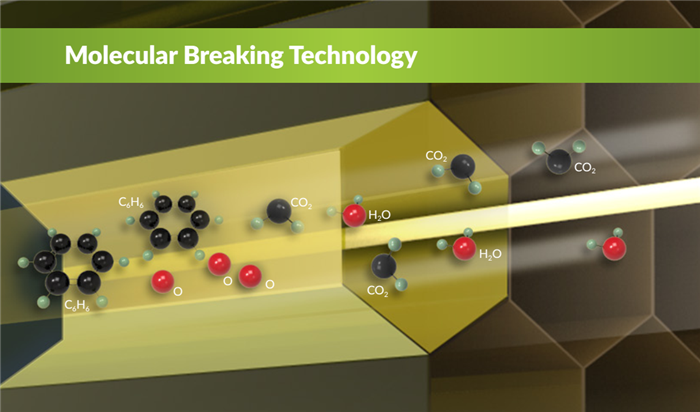
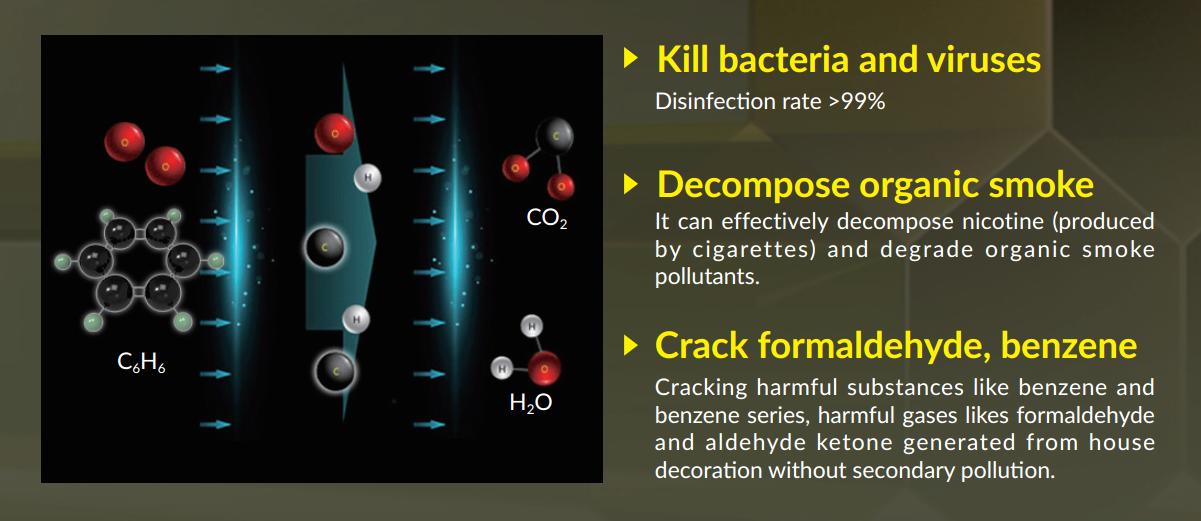
If you want to learn more about air purifier types and market, please watch the video.
The need for Holtop Air purifier in business has never been greater. Our purifier destroys the widest range of pollutants, including viruses, bacteria, mold, allergens, and chemicals. With our advanced molecular breaking technology, we ready to tackle today’s indoor air crisis. Click the link below to download the air purifier product link. Feel free to contact us for more product information.
Post time: Jan-20-2021








